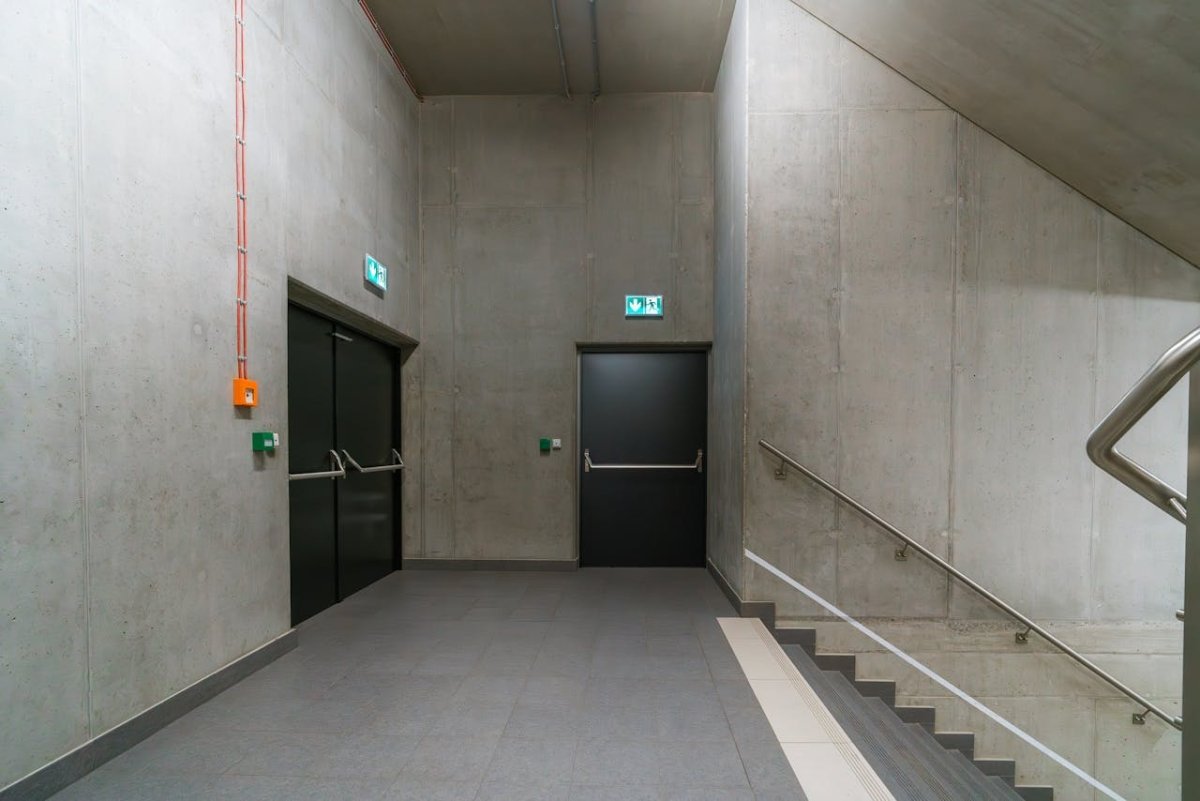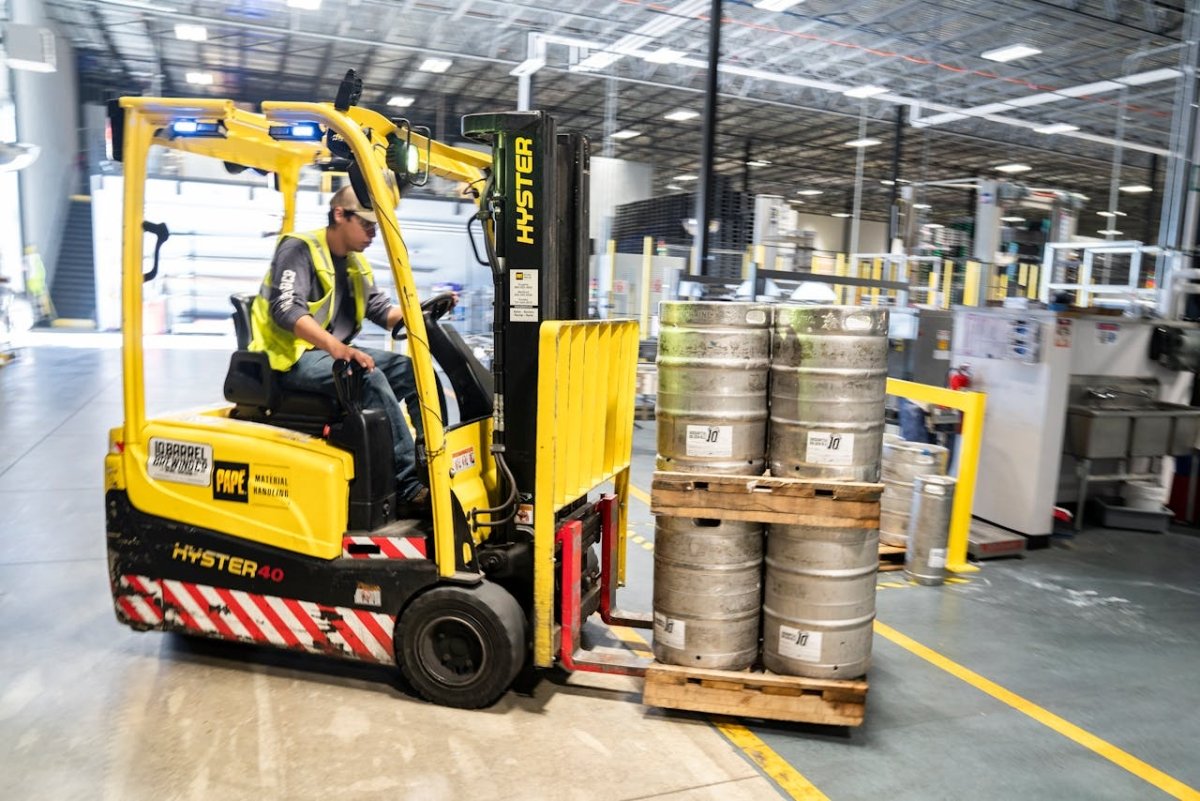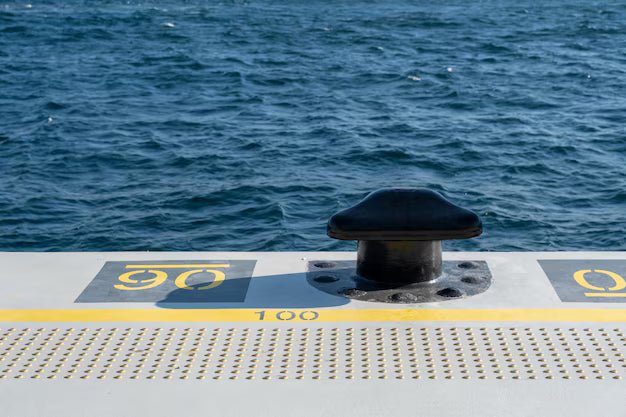Emergency exits are meant to give people a clear and safe path out of a building when something goes wrong. But when those exits aren’t in good shape, they can turn dangerous. Wet floors, slippery steps, or worn-down surfaces can cause people to fall instead of getting out safely. It only takes one slick patch near an emergency door to turn a quick escape into a painful accident.
Adding anti-slip products to these areas is a simple way to stop that from happening. Features like anti-slip decking strips improve grip, especially on outdoor surfaces like metal stairs or wooden platforms that can get slick with rain, moss, or even spilled liquids. Whether you’re looking after a public building, a commercial property, or your own home, these improvements can make a real difference in keeping people safe during an emergency.
Common Risks In Emergency Exits
Many emergency exits face the same types of problems. They’re often tucked away at the sides or backs of buildings, away from the main walkways and entrances. Because of that, they tend to get less attention during regular maintenance. When neglected, these areas collect grime, moisture, leaves, and other things that cause people to slip.
Here are a few common issues to watch out for:
- Smooth or worn-down surfaces: Stairs and platforms with faded textures lose their grip over time.
- Wet or damp floors: Rainwater leaking through doorways, or even people tracking in moisture, can create puddles right at the exit point.
- Poor lighting: Dim emergency lighting can make it hard to see where you’re stepping, especially with uneven surfaces or thresholds.
- Algae or moss growth: Outdoor escape routes are often made from metal grates or wood. These get slippery and dangerous when left untreated.
Imagine someone in a panic during a fire drill reaching the back exit, only to trip on a wet patch or misstep on a slimy stair tread. It’s not just about comfort. It’s about making sure no one gets hurt while trying to get to safety. When these areas are overlooked, the risk goes up fast, especially in wet weather or in high-traffic buildings like offices, venues, and schools.
Regular checks and upkeep are one way to help, but prevention is often the smarter route. Installing proper anti-slip solutions in emergency exits lowers the risk without needing constant attention. That’s where anti-slip decking strips come into the picture.
Benefits Of Using Anti-Slip Decking Strips
Anti-slip decking strips are built to give better grip exactly where it's needed. Unlike textured paint or temporary mats, these strips are hard-wearing and fixed in place, which means they stay reliable over time. They’re suited for a range of exit surfaces including timber, concrete, and metal.
Here’s how they help make emergency exits safer:
- Instant grip improvement: They offer strong traction underfoot, even when wet.
- Weather resistance: Good strips won’t peel up after a bit of rain or baking sun. They're made to hold up across seasons.
- Low-profile build: They're slim and sit close to the surface, so they don’t create a step hazard of their own.
- Bright contrasts: Some styles are made with high-visibility colours or edging, making stairs and ledges easier to spot even in low light.
Long-term, anti-slip decking strips also mean less ongoing maintenance. Instead of constantly checking for new slips or patching worn spots, the strips stay firmly in place with little upkeep. This also helps building owners reduce liability for trip and fall incidents. When safety features are already built into the structure, there’s less room for error during an emergency.
Simple but reliable, these strips won’t get in the way during daily use. But when they’re needed most, in a rush, in the rain, or in the dark, they do their job and help people move fast without falling.
Choosing The Right Anti-Slip Decking Strips
Not every anti-slip strip works the same on every surface. Picking the best type for your emergency exit depends on the environment, traffic levels, and even the shape of the stairs or ramps. Before choosing a product, it helps to figure out what kind of pressure the area handles and what might wear it down over time.
Here are a few things to look out for when picking anti-slip decking strips:
- Material strength: Choose strips that are made from fibreglass or other heavy-duty materials if the area sees a lot of foot traffic or is exposed to constant weather changes.
- Surface grip: Some strips have finer textures for indoor use, while others have coarse finishes designed for outdoor areas or industrial spaces.
- Fixing method: Some strips screw into place, while others use strong adhesives. Screwed strips offer better long-term hold for outdoor use.
- Size and fit: Make sure the width and length of the strips match the surface they’re being applied to. Some sets come ready to be cut if your steps aren’t a standard size.
- Colour and visibility: Choose colour options that contrast with the stairs, especially at the edge, to help people see each step clearly.
The wrong product can peel early, get slippery when damp, or even warp in harsh weather. Say you’ve got metal exit stairs behind a shop that get wet easily. A thin adhesive strip might lift off quickly. A thicker screw-fixed fibreglass option would stay put and keep doing its job through rain, mud, and daytime traffic moving between the warehouse and yard. Take the time to match the strip to the space and it’ll save hassle later on.
Installation And Aftercare Tips
Getting the installation right the first time can make all the difference. Fitting anti-slip strips onto clean, dry surfaces will help them bond better and stay in place. Poor prep work leads to early lifting, which puts people at just as much risk as no grip at all.
Follow these general steps for a solid fitting:
1. Clean and dry the surface thoroughly.
2. Check the area for damage like loose screws, cracks, or broken boards.
3. Mark the placement of the strips where foot traffic hits most, usually towards the edge of each step.
4. Fix the strips with screws or strong outdoor adhesive, depending on the type you're using.
5. Press down firmly to avoid bubbles or gaps.
Once the strips are in place, they don’t need much looking after, but short monthly checks are a good habit. Look for things like:
- Edges starting to lift or curl
- Dirt building up in the grooves
- Faded colours if the strips are also used for visibility
Use a stiff brush and mild cleaner to remove any grime. Avoid power washing if the strips aren’t designed for it. If a section gets damaged, it’s better to swap out just that strip rather than leave it compromised.
Creating Safer Emergency Areas With Smart Solutions
Building safer emergency exits doesn’t have to be complicated or costly. Anti-slip decking strips bring peace of mind with a fairly quick update. They stay unnoticed most of the time, but when someone needs to move quickly and safely, they’re right underfoot doing their job.
By planning ahead and updating building exit points in a simple, practical way, you can help limit avoidable injuries. These strips are handy for everything from back entrances in office buildings to outside staircases in schools or homes. Whether it’s wet leaves, worn paint, or dark evenings, the right grip makes all the difference.
Most people don’t give much thought to an emergency exit until something happens. The smart move is doing something before someone falls. Anti-slip decking strips stay ready, even when no one’s thinking about them, which makes them perfect for hidden safety. One small change can be the reason someone gets out safely.
Making emergency exits safer doesn’t have to be complicated. With the right updates in place, you can lower accident risks and gain peace of mind. At Slips Away, we offer practical solutions designed for everyday safety. Take a look at our anti-slip decking strips to see how a small change can go a long way in creating more secure spaces.














